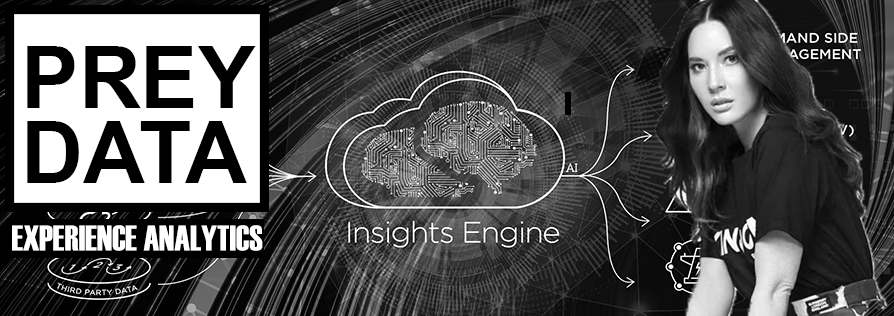

There are 3 posts filed in Retail Analytics (this is page 1 of 1).

With Advanced Analytics platform, you can increase your return on investment across marketing, sales, product and category management, by:
Empowering Marketing, Sales, Product, and Category Management Business functions to answer key questions with Actionable Insights
The Consumer Journey Module is the first, and only solution for Manufacturers, and Retailers in the technology and Consumer Durables Industries to combine the most comprehensive collection of point of sales data with
src: Economic times

“They will analyse customers’ data at an extremely micro level and such detailing will provide insights in customer trends and shopping habits,” said Kishore Biyani, CEO, Future Group. “The technology tie-up is part of our data-to-business strategy called Tathastu, with an aim to get two crore members from stores across formats to spend Rs 1 lakh each per annum.”
A 10-member team from Palantir Technologies is already stationed in India to help Future Group in data science and machine learning algorithms. Most consumer companies and retailers are relying on external data to gauge their sales and plan new launches.
Biyani owns more than half- a-dozen supermarket store chains including Big Bazaar, Hyper City, Easyday and Nilgiri’s that have a combined retail space of 14.8 million sq ft in 340 cities, a national presence that can only be matched by Reliance Retail. With a footfall of about 500 million and transaction data on more than 30 million customers, the company’s shopping data can be used to predict purchases, said Biyani.
Future Group’s dependence on technology to boost sales comes against the backdrop of increasing competition from rivals such as Walmart and Amazon that rely heavily on data mining to push sales growth.
For the past one year, the company has been pushing technology integration, known internally as Retail 3.0, which is being piloted through several Easyday stores that function as a marketplace which are also used to study shopping behaviour. For instance, each member spends nearly Rs 40,000 at small format stores and their purchase frequency is 38-52 times a year. Such collated datapoints are used to predict consumption patterns and even manufacture products.